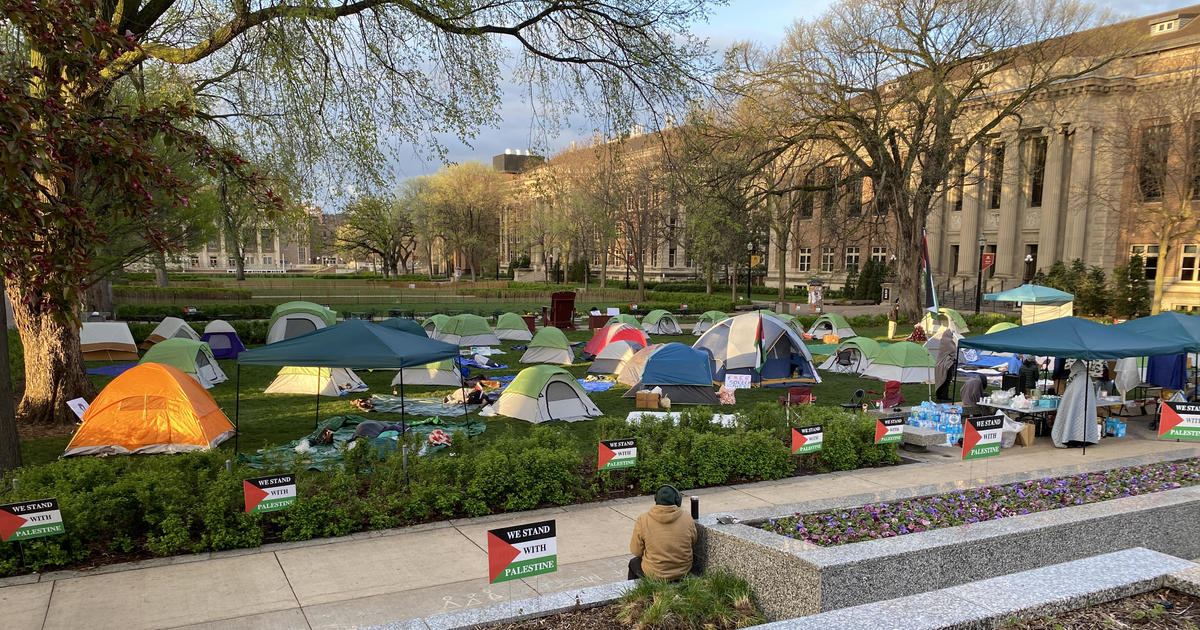How The Twin Cities' Air Quality Has Been Impacted By Coronavirus Pandemic
MINNEAPOLIS (WCCO) -- Pollution has dropped, at least temporarily, worldwide following COVID-19 stay-at-home orders. Now we're getting a look at how those stay-at-home orders have impacted air quality in the U.S. and more specifically the Twin Cities.
Director of meteorology Mike Augustyniak spoke with the Minnesota Pollution Control Agency to put the changes in perspective.
Meteorologist Daniel Dix and the MPCA found that Nitrogen Dioxide -- or NO2, a pollutant created by traffic and industrial activity -- has decreased 10% to 20% on average across the Twin Cities. The suburbs of Blaine and Lakeville saw decreases of around 30 to 35%; Minneapolis saw a decrease of around 15%.
"And the thing is -- keep in mind -- the Twin Cities and Minnesota has a lower baseline for pollution compared to Chicago, New York, L.A., so those differences are not as dramatic," Dix said. "However, they have occurred because of the reduction in traffic which, according to MnDOT, is down 35-40% from what it normally is."
Another pollutant Dix tracks are small particles, like soot and smoke in the air.
"That has actually been very much the same and in some cases, in downtown Minneapolis, it's higher," Dix said. "The recreational burning and fires people like to have – we're seeing more of that because people are home."
Another pollutant that continues to increase is carbon dioxide -- a greenhouse gas responsible for changing our climate.
Despite fewer fossil fuels being burned during this economic slowdown, the amount of CO2 in the air, globally, reached the highest level in at least 800,000 years in April. That's because CO2 lingers in the atmosphere for 1,000 years or more; meaning a months-long reduction in emissions makes almost no impact in lowering the amount of atmospheric CO2.
Dix said that spring is a time of year when the air is generally pretty clean around here -- but added that another pollutant, ozone, will be on the rise when temperatures finally warm up. That's why this week is Air Pollution Awareness Week.
"Ozone is created from a chemical reaction from nitrogen and VOCs in the air and oxygen, with the sunlight and the warm air too," he said. "I think a lot of people who feel they're not susceptible to it may ignore it. But if they're out there for a prolonged period of time, it's a hot summer day, the ozone is high and you're working out, you're gulping in more air and you're really breathing in that ozone, that can affect people who are runners. That's why they've learned to run in the morning before the ozone starts to pick up in the afternoon."
Dix warns that, even if nitrogen dioxide levels remain low through the summer, conditions are right for a bad wildfire season, and the smoke from those fires can create poor air quality on their own, along with increasing ozone levels. It's another reminder that the earth, our air, and our health are all inextricably tied.



